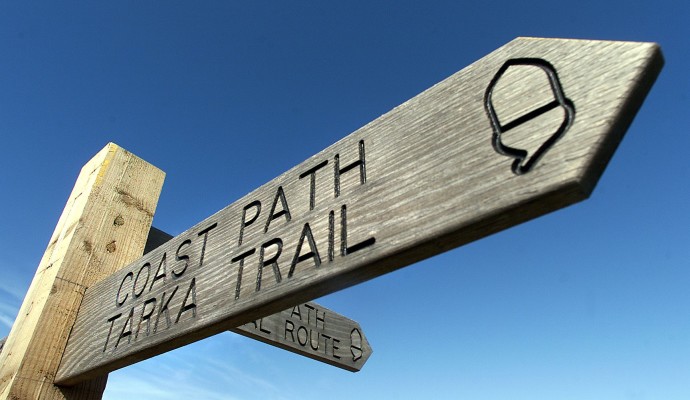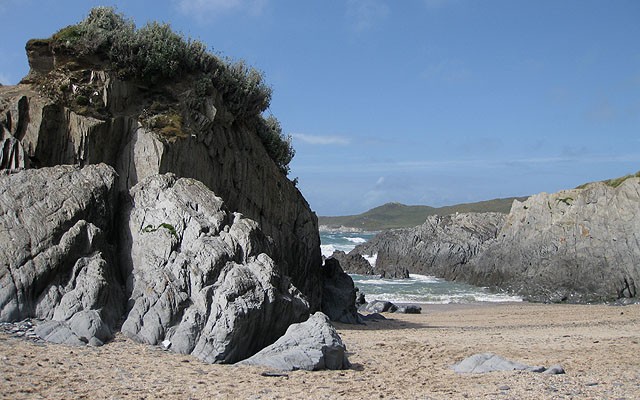Interesting information
Although now North Devon’s largest holiday town, Ilfracombe has its origins in Saxon times and is mentioned in the Domesday Book. During the medieval period it had two centres, around the church and here around the harbour. It was important as a fishing harbour and commercial port and there was a quay here in the Middle Ages.
The Quay was rebuilt and enlarged in 1760 and rebuilt in the 1820s. The jetty and promenade pier was added in the 1870s, the concrete improvements dating from the 1950s. Above the Quay is the distinctive shape of St Nicholas Chapel on Lantern Hill. This is a seamen’s chapel dating from the 14th century. It is known to have been used as a lighthouse at the time of Henry VIII and the present lantern tower was added around 1800. In its time it has also been a dwelling house, reading room and laundry. The chapel can be reached by a footpath just past the 17th century Harbourmaster’s Office and gives magnificent views.
The splendid Regency building dates from the beginning of Ilfracombe’s days as a resort town.
Henry Williamson, author of Tarka the Otter, lived in a cottage on Capstone road towards the end of his life, from the mid 1950s until 1976. He used the Royal Britannia as his local.
The water which is probably pouring over the beach here is the “mouth” of the Wilder Brook, which on its way to the sea has cut the valleys which formed the original centre of Ilfracombe. Note how grey the sand is, the result of the weathering of the Devonian slates of the area.
A little way along the road look out over the low stone wall to see the Tunnels beaches down to the right. The tunnels to the beaches were cut by Welsh miners in the 1820s when sea bathing was regarded as rather outlandish. Immediately below is the gentlemen’s beach with the ladies beach to the right by the still existing tidal pool.
Torrs Park was laid out in the 1880s with cliff walks and large detached villas for gentlefolk by a Barnstaple builder as Ilfracombe grew as a holiday centre. Many are now hotels or holiday apartments.
Views inland open out up the Slade Valley. The long, low building in the centre of the view is on the site of Ilfracombe’s old railway station and the line of the railway, now a footpath and cycleway, can be seen going up the valley at the foot of the woodland on the far side.
Although Ilfracombe began to develop as a holiday resort in the early 1800s, it was the coming of the railway in the 1870s which really marked the beginning of the town’s large-scale expansion, as a result of which it is now one of Devon’s best examples of a town dominated by Victorian architecture.
The superb length of coast, open and spacious, high above the sea. The path soon arrives at an area of hills – these are the Torrs, also known as the Seven Hills.
The top of the hill forms a superb viewpoint, Lundy and the coast towards Bull Point behind and ahead to Ilfracombe and its harbour with St Nicholas Chapel also visible.
There are superb views from the top along the coast, but this is also a superb location to look over Ilfracombe, was an important fishing and market centre.
Capstone Parade dates from the 1840s, when it was built to provide the new tourists to the town with the opportunity to savour its marine environment. It can still give a surprisingly remote coastal experience.




